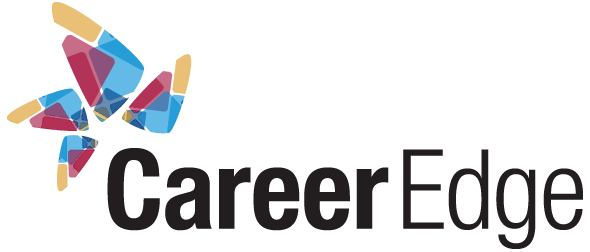A new year – and new decade – brings expected change to the recruitment process. Before the conclusion of the 2020s, Gen Z will comprise – by a wide margin – the largest percentage of the candidate pool. So, how will employers evolve their recruitment process to secure and retain top Gen Z talent? In 2019, companies focused on employer branding and candidate relationship management.
In 2020, employers are building people analytics, preparing for an economic recession, and allocating more resources into recruitment than ever before. What hasn’t changed? Candidates still maintain the leverage. They drive the recruitment process. It’s 2020 – the war for talent’s still ongoing, the talent’s younger (“okay, boomer…”), and these are your 2020 recruitment trends!
More employers will start hiring remote employees. As companies begin recruiting remote candidates, there is research predicting that remote employment will soon equal or surpass fixed office work. A recent survey reported that 69 per cent of respondents believe more work will be performed remotely than inside the office by 2025. As digital communications technology continues to advance and more employees demand remote working days, more employers will hired remote employees to benefit from a larger talent pool, trim overhead expenses, and increase productivity and profitability. This will require more employers to modernize internal communication processes, commit more resources to cybersecurity to protect intellectual property, and adapt employee well-being programs as remote employees face greater risk of loneliness and burnout.
More employers will start tailoring their recruiting marketing and candidate experience strategies toward the different classification of workers. As different candidate segments of the labour pool hold different expectations, companies will segment their candidate pools by availability and preference to mitigate the risk candidates sharing publicly of their negative candidate experiences. The gig economy remains and more employers will recruit freelancers for project-based work, short- and long-term contracts, and part-time opportunities.
More employers will start analyzing collected data to determine the areas of weakness in their recruitment and hiring decisions. Companies will move from descriptive analytics – interpreting past data to understand changes – to predictive analytics. Predictive analytics is extracting current data to identify trends and patterns to predict outcomes. A recent survey reported that 71 per cent of respondents view predictive analytics as a high organizational priority. More employers will analyze factors such as tenure, compensation, demographics, engagement, and performance in their recruitment and hiring processes. More employers will believe that these data-driven decisions will increase the probability of a strong hiring outcome. If predict analytics can determine the employee tenure, it can shorten the time-to-hire by beginning the recruitment process even before the position opens.
More employers will start implementing AI to complement recruitment’s human element. It won’t replace human positions (for now). Often misunderstood as automation, AI won’t reduce hiring timelines by performing time-consuming manual tasks. However, AI may shorten the time-to-hire by making recommendations or decisions it’s not programmed or coded to. AI will improve objectivity in the recruitment process by attempting to replicate ‘a human-like decision’ while minimizing or removing altogether the typical bias created by a human’s opinion and intuition from past anecdotal ‘evidence.’ This assumes the AI itself doesn’t have bias implemented. More employers will also use AI to install messaging bots that provide prompt – but perhaps impersonal – replies and feedback.
More employers will start anticipating an economic recession. While some economists categorize the risk of a recession as low, other experts point to historical indicators that suggest it’s higher. Executive leaders from large corporations expect to have a lower head count. In a recession, more employers will hire temporary employees and employers will receive significantly more applications. More employers will write job descriptions that are more specific regarding skill requirements to ensure the quality of candidates and hires are upheld. Employers will also decrease the number of platforms where they post their job descriptions to the most effective. However, employers won’t alter too much of their recruitment in a recession.
Register as a Career Edge employer to learn how we can streamline your talent acquisition process and elevate your company to becoming an industry winner!

